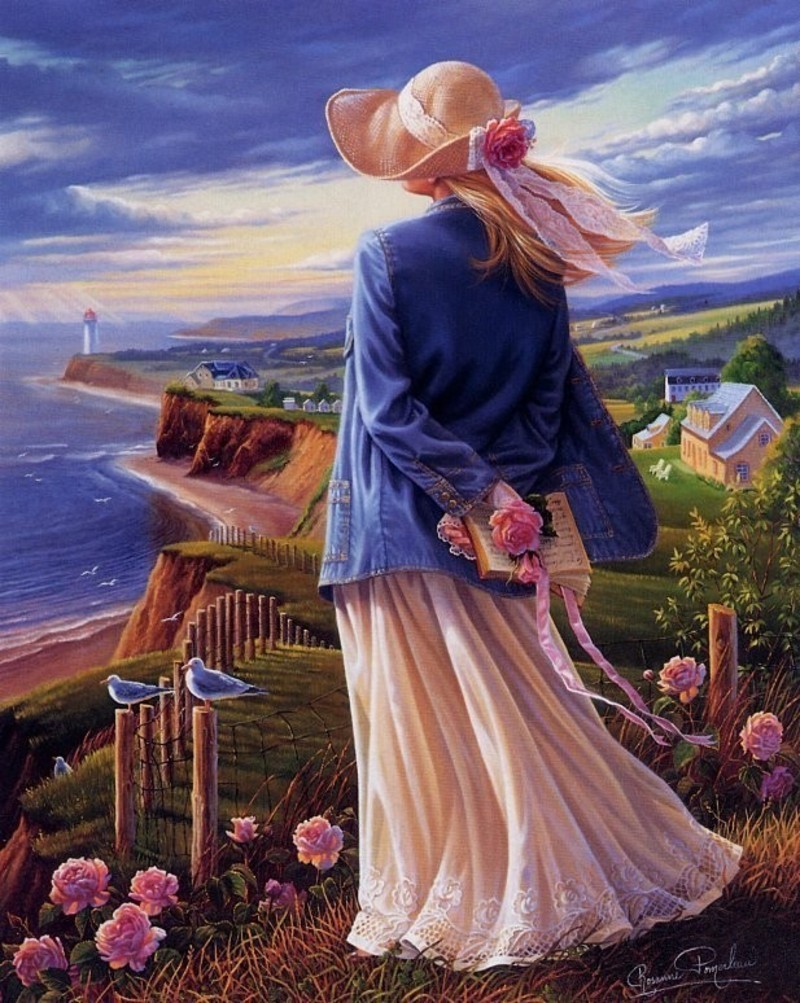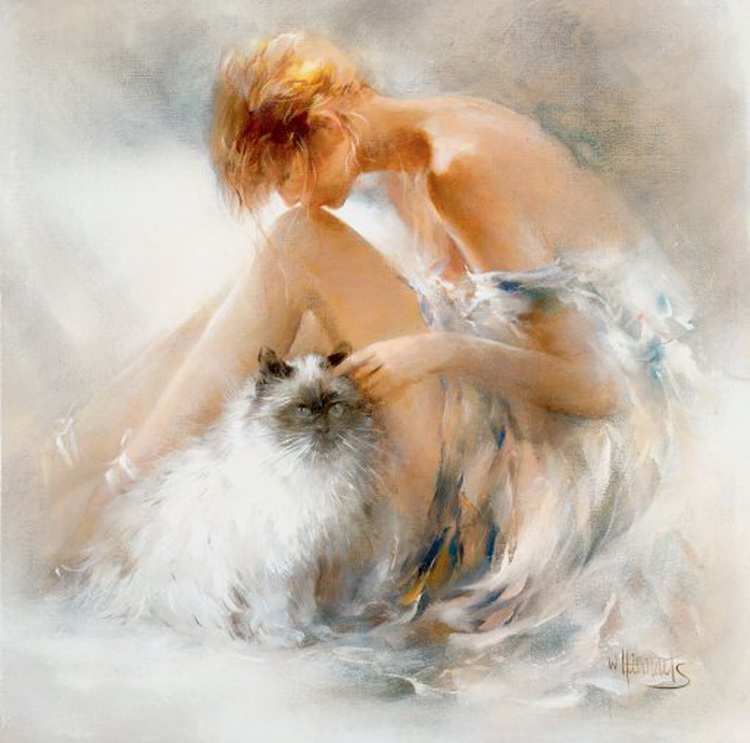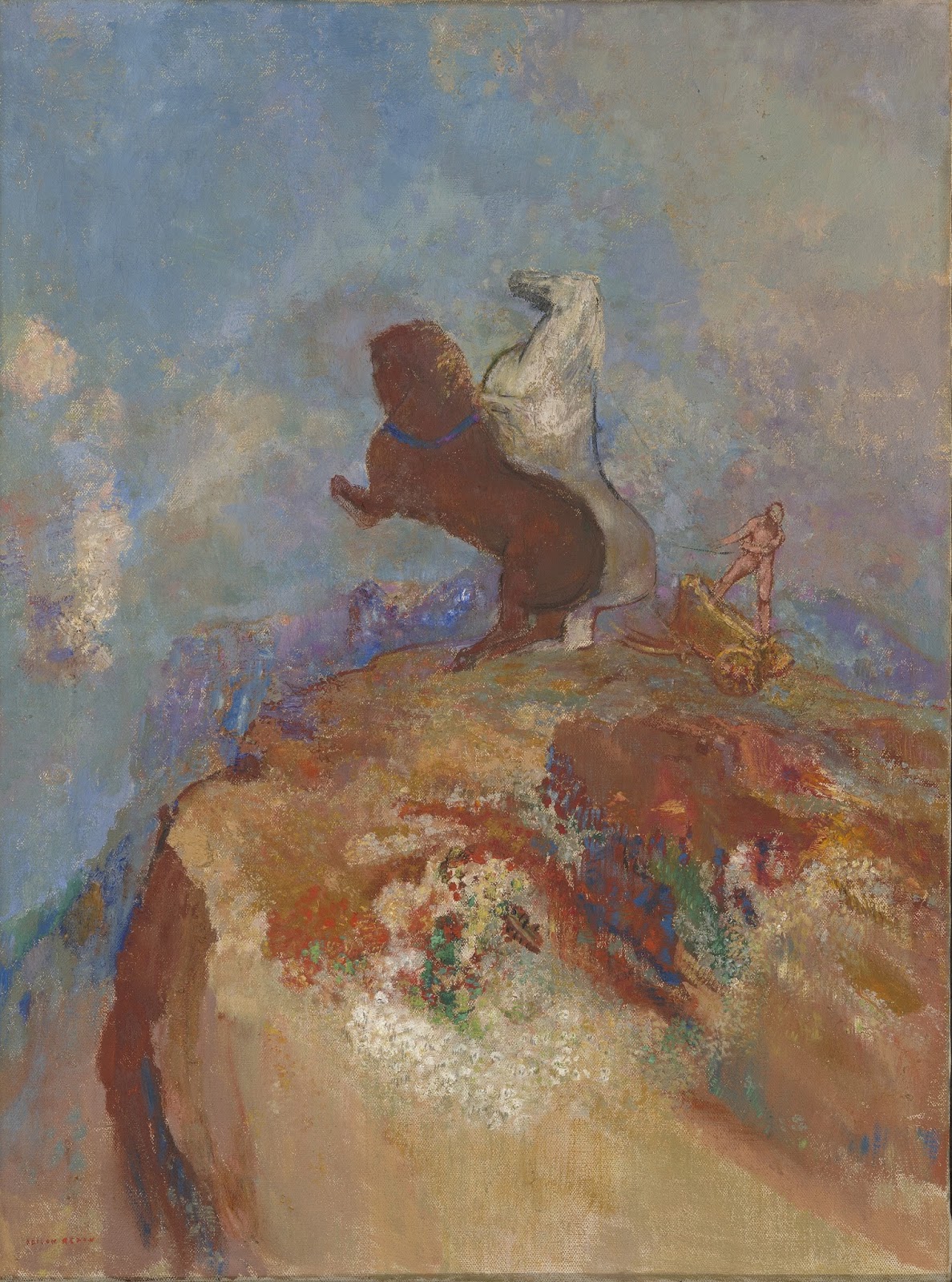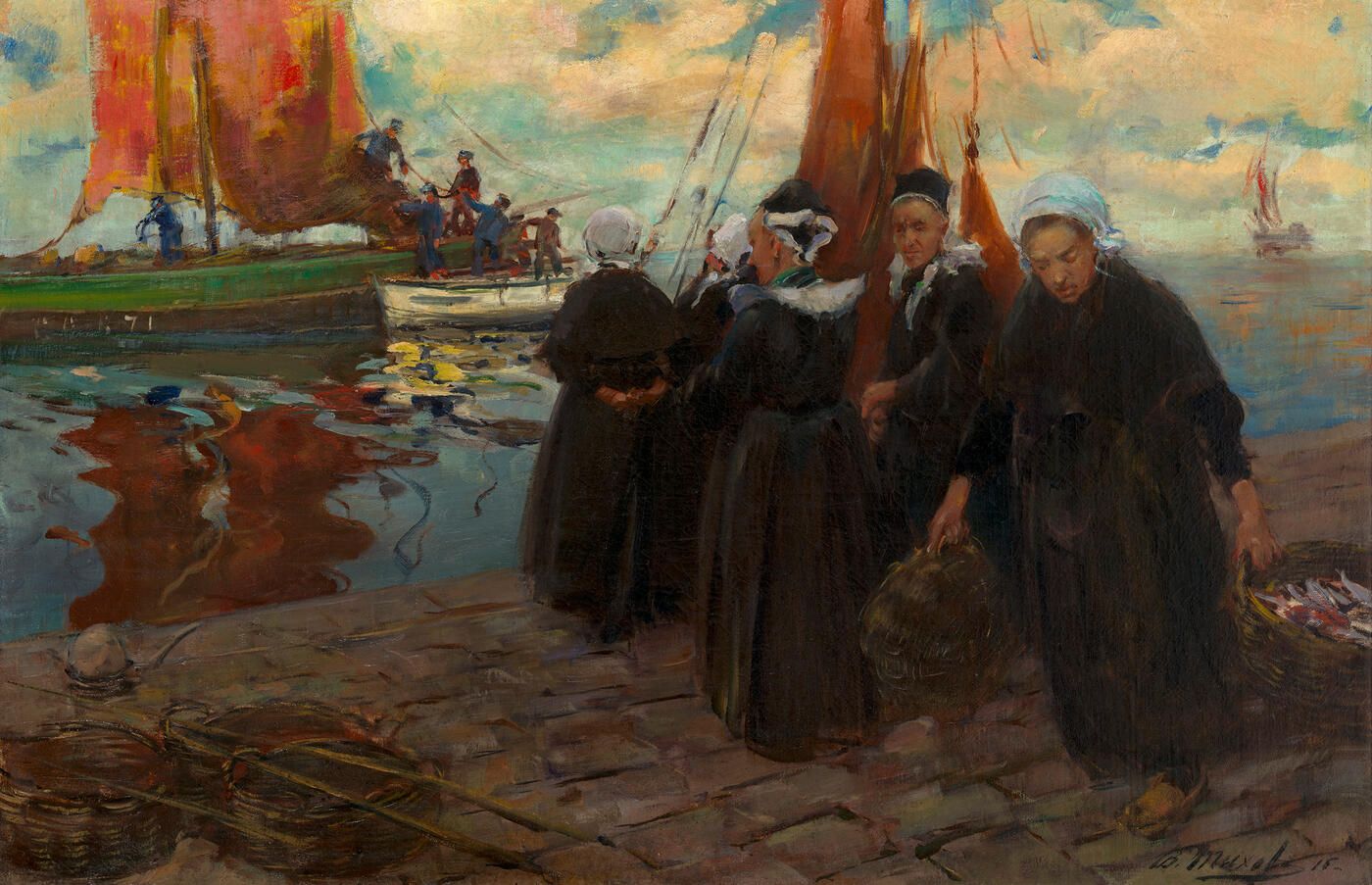

Born in Ascot Corner.
Training: Self-taught painter.
Achievements: Solo and group exhibitions in Canada and the United States.
Honours: Prize of Excellence in 1986, silver medal in watercolour and Prize for Excellence in pastel at the Amsterdam Art International Exhibition in California, U.S.A.
The Selected works of art were exhibited in San Francisco in October 1998.
Member of the American Society of Portrait Artists since 1998.
Collections: Her work is part of public and private collections all over the world.















